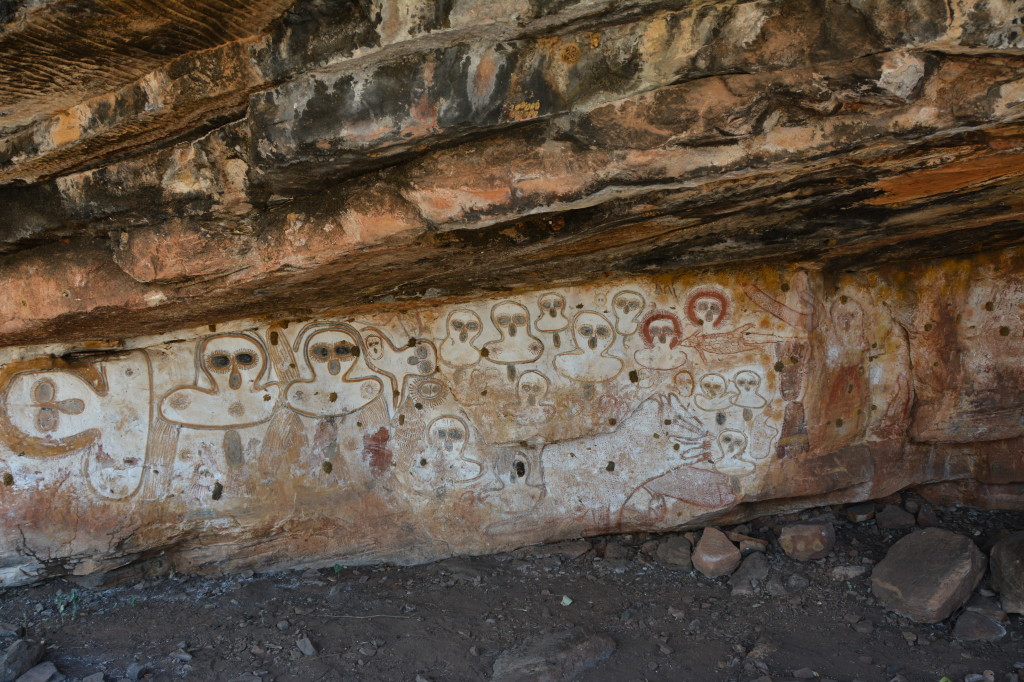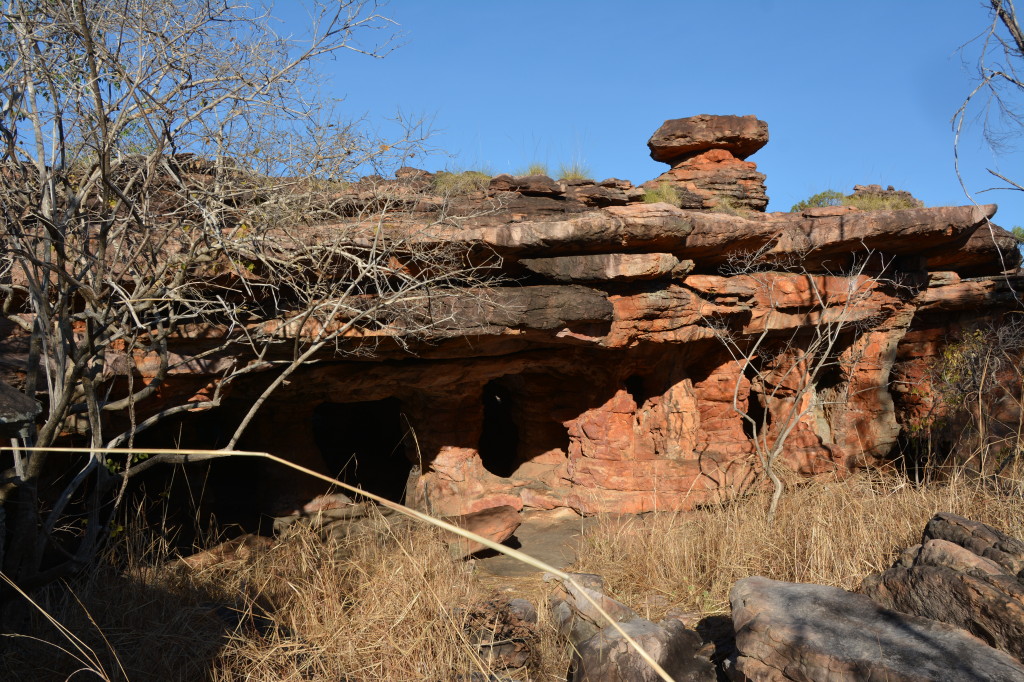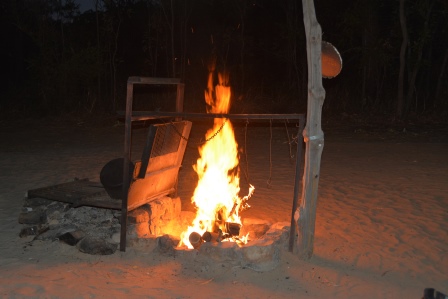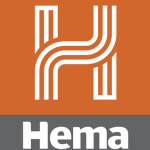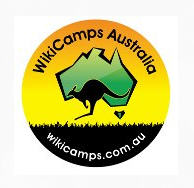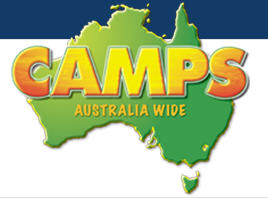Travelling to Bachsten Camp, in the depths of the Kimberley Region of Western Australia, is a true bush experience that the adventurous won’t want to miss.
To get there, you’ll be travelling along the Munja Track, a rough road along which you’ll see many amazing examples of Indigenous art and other signs, such as stone tools, of the prehistoric Indigenous occupation of this land.
At the camp, you’ll be able to hike through an amazing gorge system, with huge cool pools and spectacular Kimberley scenery. You can swim in the river, but watch out for the freshwater crocodiles that live here.
There are many other examples of wildlife, including birds, fish and mammals. The Northern Spotted Quoll, an endangered species, is a mischievous example of some of the creatures you’ll see around camp.
History
This area has been inhabited by Indigenous Australians for thousands of years. Thanks to the abundant food and water here, they were able to not only survive, but thrive, and many examples of their art and tools remain.
Bachsten Camp was created by the owners of Mt Elizabeth Station as a tourist attraction, and as a way for visitors to see the wilderness of the Kimberley up close.
Getting there
The only way to get to Bachsten Camp is via the Munja Track, a private road through the bush involving creek crossings and rock climbs. The track is 220 km long and the only way to access it is to pay the owners of Mt Elizabeth Station.
Trip standard
It’s very difficult to get there as it’s one of the most inaccessible places in one of Australia’s most inaccessible regions. You’ll need to take the Gibb River Road, in itself a difficult road, and then the Munja Track, a rough and sometimes dangerous length of dirt road. Be prepared with a high-clearance 4WD, with enough fuel, water and food for the trip.
Best time to visit
During the wet season, the Gibb River Road is closed and impassable, so you’ll have to visit during the dry season, between April and November.
Camping
If you have a caravan, you’ll be leaving it at Mt Elizabeth Station. Make sure you bring some tents. There are several free camps along the Munja Track. Once you reach the end of the track, you’ll be staying at Bachsten Camp. It costs a few dollars to stay here, but the setting and atmosphere are worth it.
What the travel brochure doesn’t mention
There is no travel brochure for this camp! There are freshwater crocidiles in the creek that runs by the camp. Use a torch for spotlighting in the evening and you won’t be disappointed. It’s strange swimming in there when you know that there are crocs in there!
There is quite a bit of Aboriginal Art in the area and the Honeycomb caves are not to be missed.
Make sure you go for a walk down to the Bachsten Gorge. Be careful though as the trail is only marked with ribbons. Give yourself at least half a day to get there and back.
Atmosphere
Listening to the crocs splashing around in the evening, the quolls visiting the camp and the dingoes howling in the distance. Perfect camping atmosphere.
What we liked about it
The facilities and camp hosts are fantastic. The camp basically shuts down over the wet season then the owners come in and spend a few weeks there cleaning it up and preparing it for the tourist season.
Only a couple of hundred vehicles visit this area during the dry season so it feels very remote.
What we disliked about it
Not much to dislike about this camp. It’s one of our favourites that we have visited.
What the kids liked about it
The boys loved the camp hosts and their stories. They also loved exploring the area and cooling off in the nearby creek.

